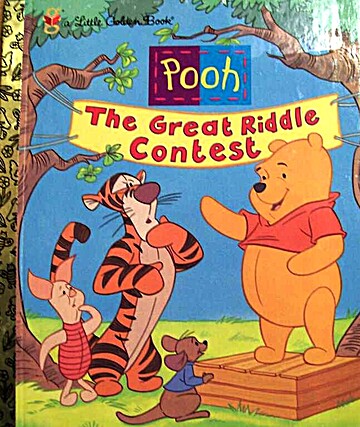

Jacqueline Allison's monumental and pioneering study of the history of Edil-Amarandh, The Annaren Scripts: History Rewritten (Mexico: Queretaro University Press, 1998) remains the standard reference, and I have drawn from it considerably in these notes. The rest of the sign is unclear, but may represent uncertainty. The horizontal line supported by two uprights probablyĮ represents the dark moon a circle within a circle possibly indicates a lunar eclipse. I shows a familiar crescent shape referring to the waning The surrounding shape could be a generalized fruit symbol. Note that the circle is fully enclosed within a leaf shape, which differentiates it from the summer symbols where the circle binds the other elements. (compare the form of S, an eagle rising) or may represent the The upward arching T form could indicate leaping An arch shape could indicate a hill.Ġ again utilizes a crescent, this time suggesting a waxing VOWELS are represented by signs that refer to phases of the moon.Ī represents the new moon by virtue of a dot on a vertical line.

T represents both the pointed holly leaf, and the "arrow of vengeance." The curving line is less clear, but could refer to an oak leaf or, more abstractly, could imply growth and transformation. H shows, essentially, a compass rose, indicating "all directions."ĭ represents midsummer, indicated by the circle within a circle. SUMMER is indicated by a circle, representing the sun. SPRING is indicated by a rising-sun motif, perhaps representing growth or the coming of light.į shows a rising arrow shape, which may, in a stylized fashion, represent rays of light. Some conjectural interpretations of the rune designs: H I am all directions over the face of the watersĭ I am the flowering oak that transforms the earth The runes on Maerad of Pellinor's lyre, and the stanzas and values pertaining to them:


 0 kommentar(er)
0 kommentar(er)
